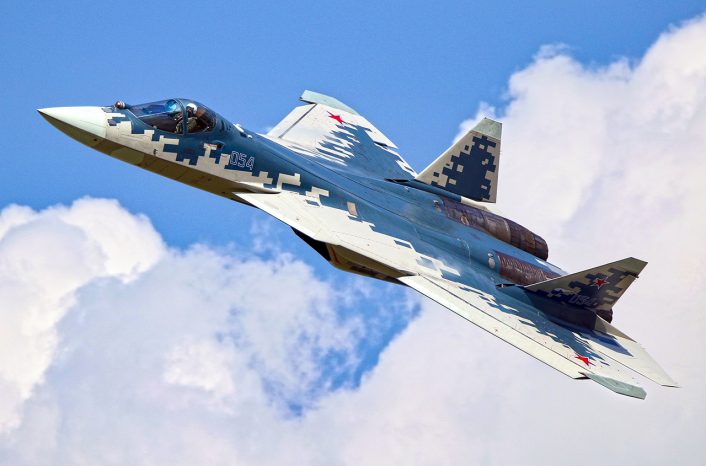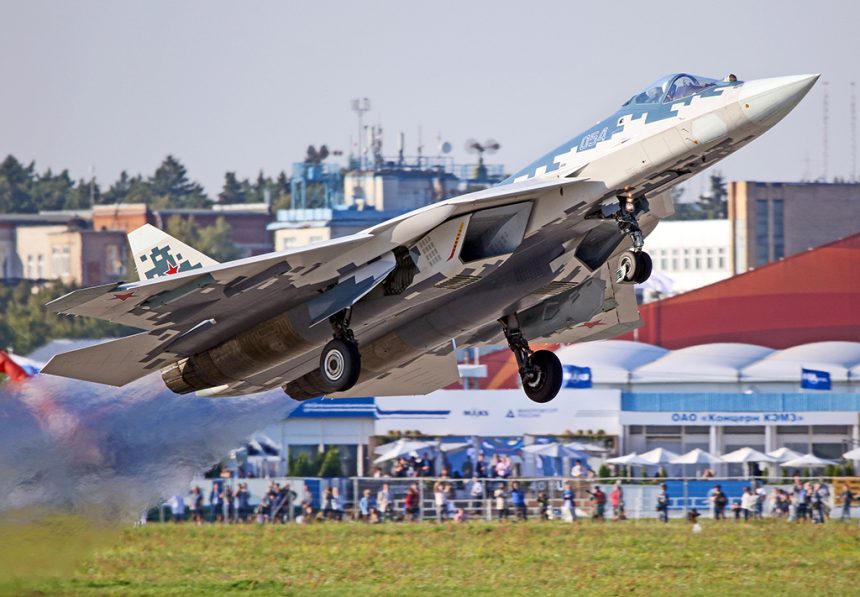Straight Out of a Clancy Novel, Russia’s Stealth Fighter Gets a Badass Western Name.
It couldn’t be better even if the late Tom Clancy were to have written it, and we have to believe he is smiling down from the tactical high ground of the afterlife. The latest Russian 5th generation “stealth” combat aircraft, the Sukhoi Su-57, was assigned an official NATO reporting name this week: “FELON”
NATO Reporting names provide a convenient and recognizable English language moniker for communicating Russian aircraft types. The names are assigned to equipment including weapons systems, ships, ground vehicles and aircraft by members of the North Atlantic Treaty Organization (NATO). These code names or reporting names are used in radio communication and in common usage among westerners, including enthusiasts.
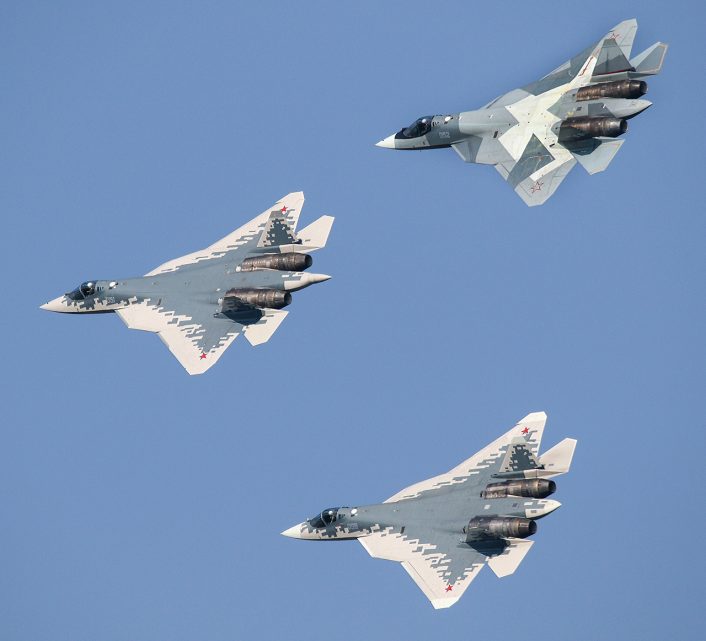
There is a system to NATO reporting names. If the first letter of a reporting name is an “F”, or “FOXTROT” as pronounced in the military phonetic alphabet, this designates the aircraft as a fighter. For instance, the MiG-25 is the “FOXBAT”, the Su-27 is the “FLANKER” and the MiG-29 is the “FULCRUM”. Suffixes are often added to NATO reporting names to denote a significantly different variant of the original aircraft. For instance, the new Su-35, an entirely updated version of the original Su-27, is referred to as the “FLANKER-E”. You likely recall from Tom Clancy’s “Hunt For Red October” references to Russian long-range maritime patrol and strategic bomber, the “BEAR-FOXTROT”, or “BEAR-F” for the Tupolev Tu-95.
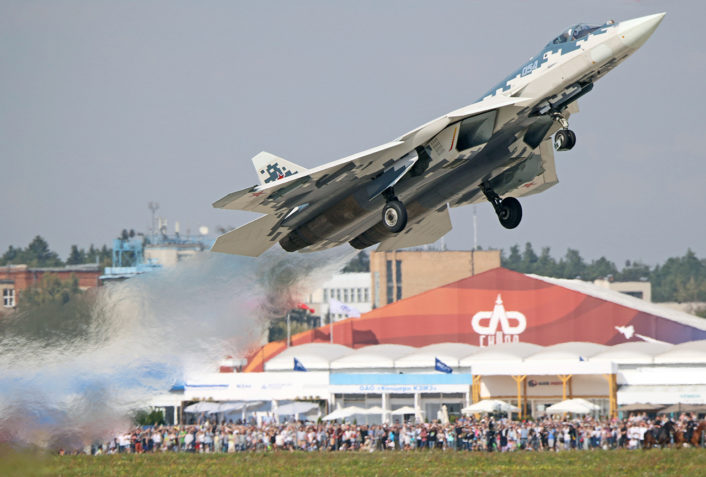
Officially, in NATO definition from section 1.1 of “NATO Reporting Names for Aircraft and Missiles”:
“Reporting names for aircraft are selected by the ASIC (Air and Space Interoperability Council; renamed in 2005 from ASCC, Air Standardization Coordinating Committee – member states are Australia, Canada, New Zealand, USA and UK), but names for missiles (and other systems like radars etc.) are created by other organizations. However, all reporting names are eventually forwarded to NATO in a single list.”
The specification for reporting names goes on to define that:
“Fixed-wing aircraft are designated by reporting names beginning with code letters designating the aircraft’s mission. Propeller-driven planes are designated by single-syllabic words (e.g. “Bear”), and jets by multi-syllabic words (e.g. “Backfire”). Helicopters and guided missiles are designated similarly, but the length of a word is not defined.”
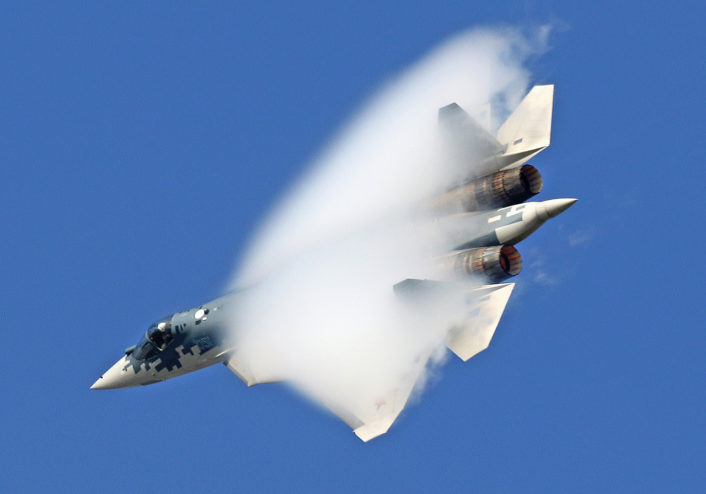
Interestingly, Russians, especially aircraft spotters, tend to not use any of the NATO reporting names in conversation. In our visit to MAKS 2019 earlier this year, Russian aircraft experts, photographers and enthusiasts most commonly referred to the Su-57 by its pre-production designation as two spoken words. The Russians would most commonly identify the new Sukhoi Su-57 as by saying the words “Pahk-FAH”. They also called the aircraft the “Sue-fifty-seven”, speaking a word for the acronym “Su” that stands for “Sukhoi” in the aircraft’s name.
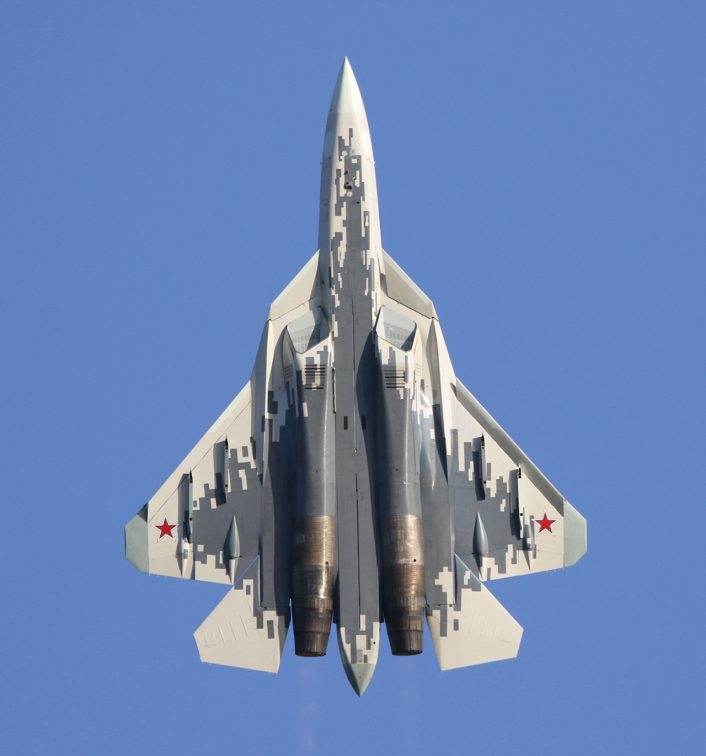
Whoever at NATO ultimately wound-up selecting “FELON” as the new NATO reporting names for the Su-57 did a great job using what little creative license they are afforded in the process. It’s safe to say that aircraft spotters in west will be excited to see and chat about Russia’s impressive new Sukhoi Su-57 “FELON” for years to come.
